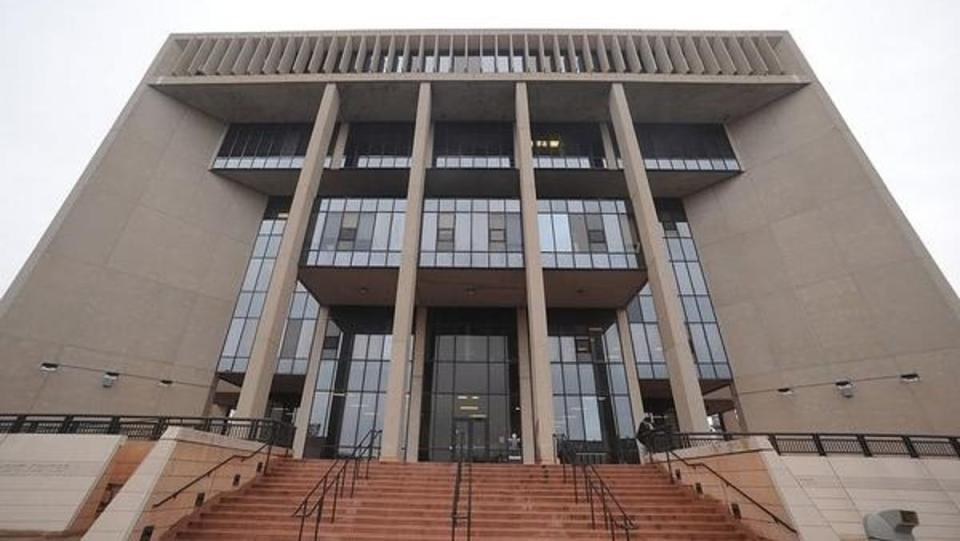Fall River homeowners get property tax sticker shock, but tax rates are down. Here's why.
FALL RIVER — Like many homeowners in the commonwealth, city residents suffered sticker shock when they opened their recent tax bills, but the reality is the tax rate in Fall River has gone down significantly.
According to the Massachusetts Department of Revenue, in fiscal 2019, residential property owners were paying $14.50 per $1,000 of property value. In fiscal 2023, property owners are paying $12.27 per $1,000.
As a comparison, in New Bedford, which has historically had higher residential tax rates than Fall River, property owners there paid $16.47 per $1,000, which is now down to $14.29 per $1,000.
But why are Fall River residents seeing bigger tax bills? The administration points to soaring assessed property values over the last fiscal year, particularly on single-family homes, payment of the new B.M.C. Durfee High School debt exclusion, and over $3.7 million in new growth. In addition, the annual allowed statutory increase of 2.5% also contributes to tax bill increases.

Hey big spenders: Who has the biggest tax bill in Fall River? Counting down the top 10 property taxpayers
Impacts on tax bills
Richard Gonsalves, chairman of the Board of Assessors, said Fall River property values have gone up 12% to 16%.
“For single-family homes, it was 16.2%. And the largest increase was three-families at 16.7%,” said Gonsalves. “Multi-families are off the charts, and people are buying them for investments.”
Homeownership is the biggest investment for most people, said the city’s real estate attorney, Matthew Thomas, and that improvements to their homes also affects the values.
“The question is, did you do any improvements on your house and were those improvements picked up finally?” said Thomas.
While new growth, like residential home-building, does affect residential taxpayers, it’s a good thing for a municipality.
“That shows you have a healthy community; it means that people invested in the city of Fall River over $3.7 million. It’s a place people want to invest [in],” said Thomas.
And the reckoning to pay back the bond for the construction of the new Durfee high school is here, but Gonsalves and Thomas said this fiscal year, the finance team was able to find alternative funding sources in the budget to reduce the debt exclusion payment, from over $4.48 million to $2.25 million for taxpayers.
In a breakdown by the administration, these factors affected the $12.27 per $1,000 tax rate in the following way: The Durfee debt exclusion amounts to $0.21 of the rate; the fiscal 2023 new growth amounts to $0.65 of the rate; and the allowed Proposition 2½ adds $0.27 to the rate.
New apartments:Fall River Preservation Society is creating low-income housing in a way you'd never expect
The median value impacts
According to Gonsalves and Thomas, calculated for this fiscal year, the median value of a single-family home is $313,150, which translates into a tax bill of $3,842, a $65.76 increase from the previous year.
The median value of a three-family home is $396,650, which carries a tax bill of $4,866, a $83.30 increase.
Acknowledging that senior property owners in the city on fixed incomes are the most affected by tax bill increases, the City Council during their Jan. 24 meeting started the conversation to explore the possibility of increasing the tax exemption requirements.
This article originally appeared on The Herald News: Fall River property tax rate down, assessed values mean higher bills

